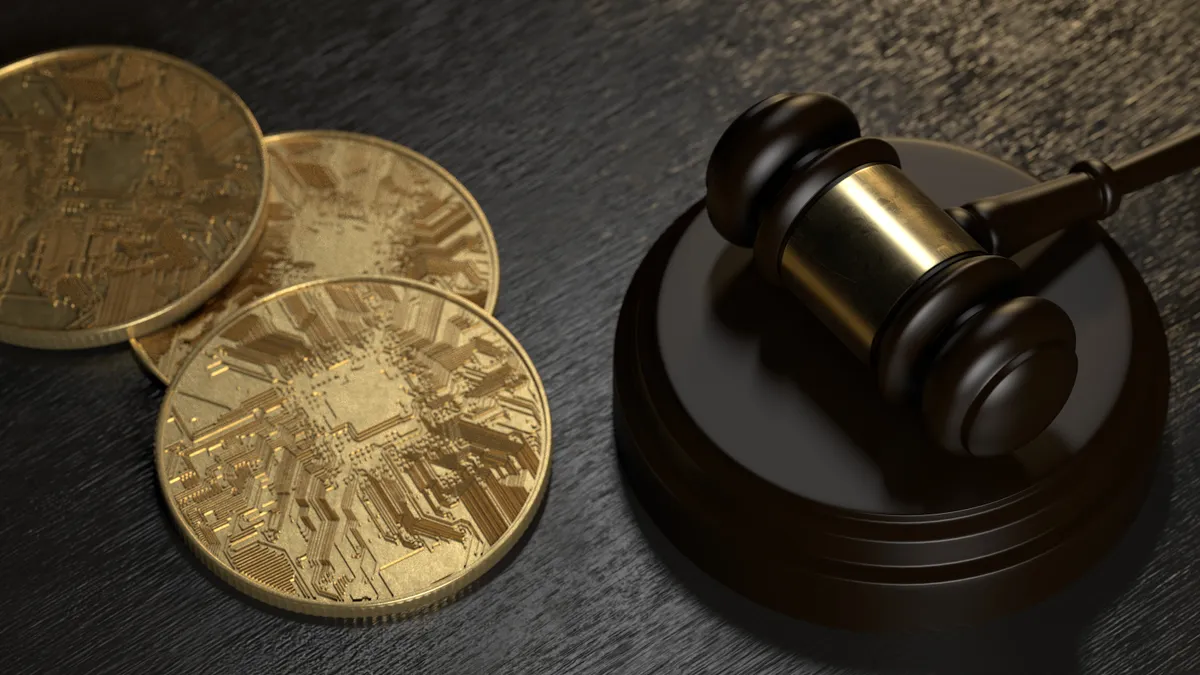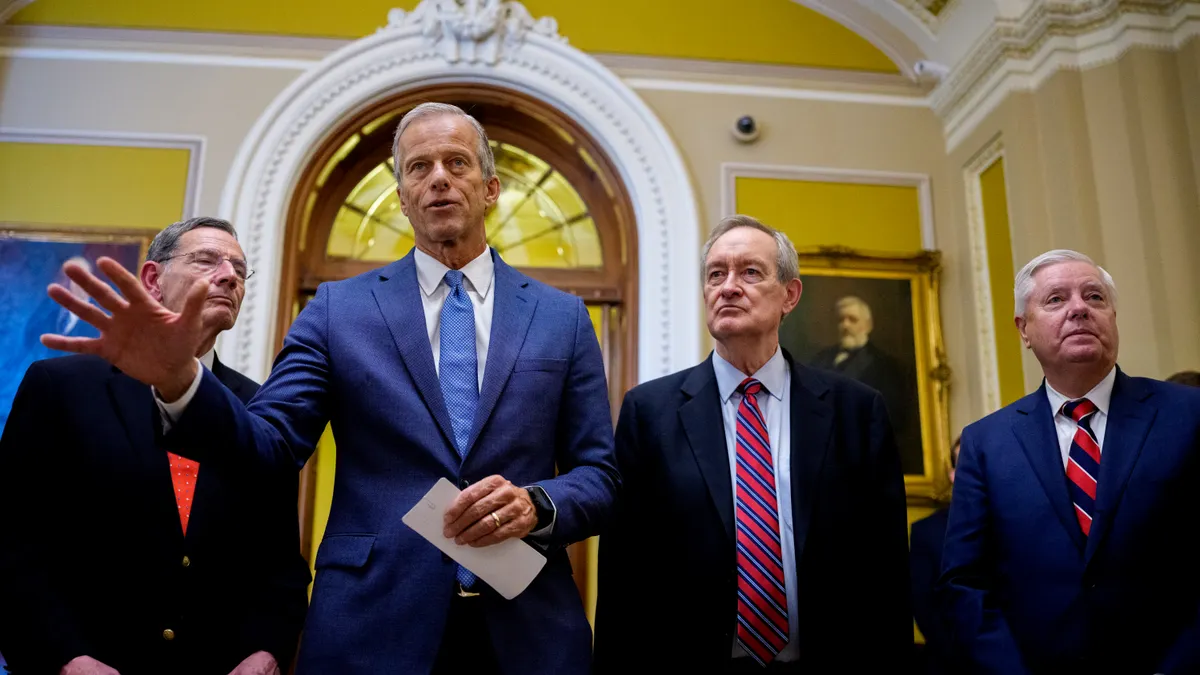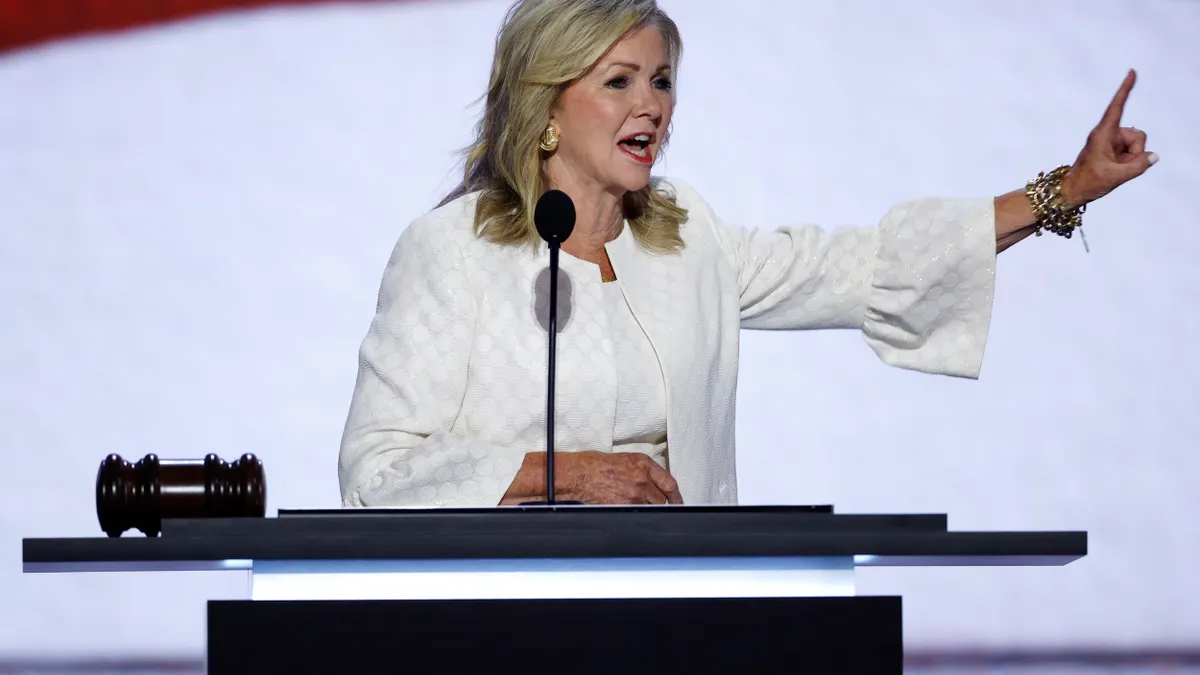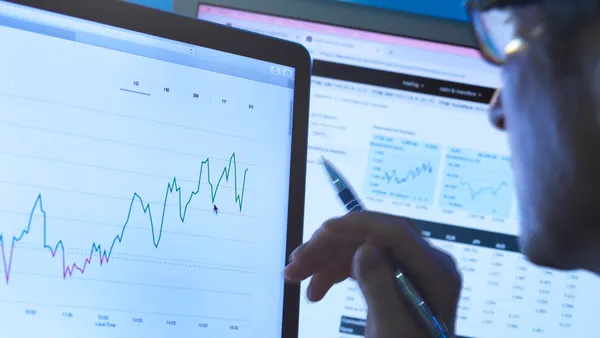President Donald Trump has quickly moved on several fronts to make good on his promise to be a pro-cryptocurrency president: he’s ordered the creation of working groups focused on crypto and the issuance and operation of assets such as stablecoins and is exploring the potential creation of a national stockpile of digital assets. At the same time, he’s also sparked concerns about potential conflict of interest stemming from his family’s own financial interests in the sector.
Taken together, Trump’s actions have helped bring crypto further into the mainstream financial fold in recent months, at the same time that buzz is rising around stablecoins — digital assets which have their value pegged to another asset such as a currency. The shift is pushing many businesses and their finance chiefs to take a second look at the pros and cons of bringing digital assets onto their balance sheets.
However, CFOs eying digital assets also need to keep pace with shifting regulations and accounting requirements surrounding crypto, at the same time as they seek out potential use cases for crypto assets. As the Trump administration is moving to cultivate friendlier relationships with crypto-focused firms and platforms, it’s the “right time to get educated” about the potential capabilities of crypto — and especially, stablecoins for CFOs, treasury officials, and other financial leaders, said Paul Bances, VP of market development for PayPal.
Stablecoins 101
Along with appointing pro-crypto leaders to agencies such as the SEC — the new administration is also walking back aggressive enforcement against cryptocurrency assets and platforms, and creating a large opportunity for the industry to woo new customers.
Ever since the election of President Trump to his second term, “I would say there has been a lot more demand from the corporate segment,” Steven Capozza, director, Americas institutional sales for Coinbase told CFO Dive. For one thing, there’s “a lot of public companies starting to add crypto, not just stablecoins, but Bitcoin, Ethereum, to their balance sheet as part of their treasury,” he said.
This is not the first time cryptocurrency has captivated the attention of business leaders, however — and its past time in the spotlight shone a harsh light on its potential drawbacks, such as the volatility of certain digital assets. As such, many vendors are honing in on stablecoins as a potential asset to draw in often risk-adverse finance chiefs.
PayPal sees stablecoins as “the first killer use case for crypto,” Bances told CFO Dive in an interview, “because you're basically taking this concept of [a dollar] and tokenizing it and then adding to it and unleashing the power that a blockchain can provide.”
Unlike many other digital assets like bitcoin, stablecoins owe their name to their structure and are viewed as being more stable due to being pegged to another asset — often a fiat currency like the U.S. dollar — making them more viable as a method of payment for finance leaders.
In October, PayPal completed a proof of concept with Coinbase and Big Four firm Ernst & Young, where it used stablecoins to pay EY invoices, according to a press release at the time. The following month, it conducted a similar pilot with Google Cloud, both aimed at demonstrating to CFOs and finance leaders the efficiency and speed of such transactions, Bances said.
Using stablecoins for cross-border transactions can offer an alternative way of moving money than traditional methods such as wire transfers, which can take between two and five days. But “if you're able to do that instantly, and you deliver it on the other end, there's so many more efficiencies in terms of repatriating money,” Capozza said.
However, many finance chiefs are starting from the ground level when it comes to identifying the potential benefits of stablecoins. Getting finance and treasury teams comfortable with stablecoins and educating them about the asset’s uses and benefits can often be a multi-month process, Capozza said.
“These large corporate treasury teams are conservative by nature, and so probably haven't done super deep dives on any of this stuff,” Capozza said. “And so when they come in, it's really a process on our part to help educate them.”
Stablecoins have swiftly seen their transaction volume rise in recent years, a trend that is likely to accelerate with the continued adoption of the asset by large companies, vendors, and payment providers, as well as with a friendlier relationship with federal agencies such as the SEC. In addition to PayPal, Mastercard and Payoneer are among the payment entities which have moved to expand and experiment with stablecoins for transactions, CFO Dive sister publication Payments Dive reported.
It’s important for finance chiefs to take a look at stablecoins currently, because over the next few years, “I would say we're probably not even talking about stablecoins. It is just a net operating part of moving money,” Michelle O’Connor, Vice President of Global Brand and Market Expansion at digital asset tax firm TaxBit told CFO Dive.
The other side of the (stable)coin
While crypto enthusiasts have praised the Trump administration’s actions to create regulatory clarity and align crypto more closely with traditional finance, others remain wary of the potential risks stablecoins and other digital assets might pose.
“To me, stablecoins remain all risk with little reward,” Jack Castonguay, an associate professor of accounting at Hofstra University in New York, told CFO Dive in an email.
“For most US-based companies, stablecoins are a solution looking for a problem to solve. Most of our companies and CFOs have access to the actual assets the stablecoins are pegged to in value. In my opinion, stablecoins create an unnecessary risk for companies who hold them,” Castonguay said. “They would be better off just buying the asset: dollars, foreign currencies, etc., outright and placing it on their balance sheet instead of investing through a stablecoin.”
Another potential hiccup is the fact that stablecoins — which currently lack an accepted legal definition — could swing in value even though they are pegged to a fiat asset due to a number of different factors. If the stablecoin fails to maintain proper reserves, or the entity issuing it has a risky balance sheet, “then it will decline in value even if the pegged asset is increasing in value,” Castonguay said. From an accounting standpoint, those changes in valuation could potentially increase the P&L exposure of the asset, he said.
Regulators themselves have also expressed concern over potential risks associated with such digital assets. The STABLE Act which recently passed the House Financial Services Committee received pushback from lawmakers largely along partisan lines, with many Democrats arguing the bill could open the gate to conflicts of interest and to consolidating private forms of currency into the hands of corporate firms such as Facebook parent Meta, Time Magazine recently reported.
The act sketches out a framework for stablecoin regulation, requiring privately-issued stablecoins to be backed one-to-one with the U.S. dollar or assets controlled by federal or state regulators, Bloomberg reported. However, it does not bar politicians — including President Trump — from issuing their own stablecoins.
There will also be those in the crypto space which are looking to make a “quick buck,” O’Connor said.
“I think there are those projects that unfortunately will continue to cast a shadow over us, but also with traditional finance, my hope, and where I see this going is, there's a lot of good coming that hopefully overshadows some of the nonsense and the meme coins and all of that,” O’Connor said. “With where the market has gone recently, I was worried that we could go into another cycle of that. I haven't seen it as much.”



















